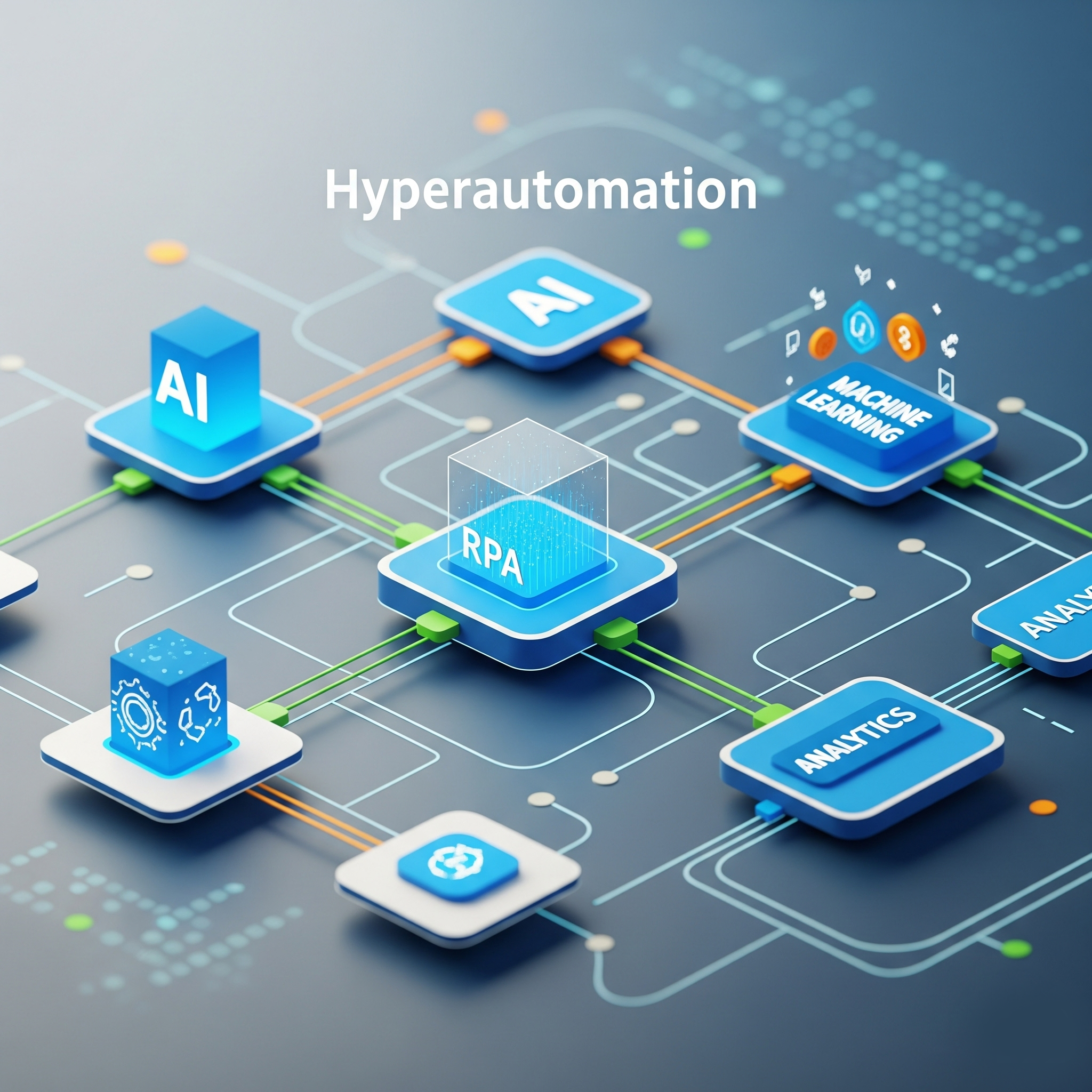Digital transformation often conjures images of sleek offices, automated processes, and increased profits for businesses. Though undeniably beneficial, the true power of this technological revolution extends far beyond the corporate sphere particularly in geographically dispersed regions like the Panay island in Western Visayas where digital inclusion is emerging as a vital force for empowering communities, bridging societal divides, and fostering a more equitable future for all Filipinos.
For many remote communities in the Philippines, geographical isolation has long been a barrier to accessing fundamental services and opportunities. Travel to urban centers for quality education, specialized healthcare, or broader market access for local products can prove time-consuming, costly, and often logistically challenging, especially during the frequent typhoons and heavy rains affecting the nation.
This is where digital transformation steps in as a powerful equalizer.
Imagine a student in a far-flung barangay in Antique gaining access to online learning platforms, connecting them with qualified educators and a plethora of educational resources previously unavailable. This access transcends geographical limitations, democratizing education and opening doors to a more realistic future for young Filipinos regardless of location. Similarly, telemedicine initiatives are bringing essential healthcare services to underserved communities in Aklan and Capiz; through virtual consultations, remote diagnostics, and digital health records, individuals in isolated areas can receive timely medical attention and expert advice without the need for arduous and expensive travel. This is digital transformation directly impacting the health and well-being of our people.
Digital platforms are also revolutionizing how local economies function. Consider the skilled artisans and producers in Iloilo known for their intricate handicrafts and agricultural products. Traditionally, their market reach was limited to local fairs and intermediaries; however, e-commerce platforms and social media marketplaces are now providing direct access to a wider and global customer base. This empowers these communities economically and allows them to command fair prices for their goods, build sustainable livelihoods, and preserve their cultural heritage through their craft. The digital space becomes a bridge connecting local talent with global demand, fostering economic inclusivity and resilience within our communities.
However, bridging the digital divide requires more than just technology: It necessitates a concerted effort involving government initiatives, private sector engagement, and community-led programs. Investing in accessible and affordable internet infrastructure targeting rural areas is paramount. Digital literacy training and capacity-building programs are crucial to ensure that individuals have the skills and resources to navigate the online world and utilize digital tools effectively. Culturally relevant content and localized applications are also essential to maximize the impact of digital inclusion efforts.
Here in Malay, Aklan, and across the Philippines, the potential of digital transformation to empower communities is immense. From improved access to education and healthcare to the creation of new economic opportunities and the strengthening of social connections, technology offers a pathway to a more equitable and scalable future for all Filipinos. By embracing digital inclusion as a core tenet of our national development strategy, we can truly bridge the divide and unlock the full potential of our communities and ensure that the benefits of the digital age reach every corner of our nation.
Let us continue to explore and support initiatives that leverage digital tools to uplift lives and build a more inclusive and resilient Philippines.

Summer works as People Manager at MIW overseeing the APAC region. A proud cat parent and book lover.




